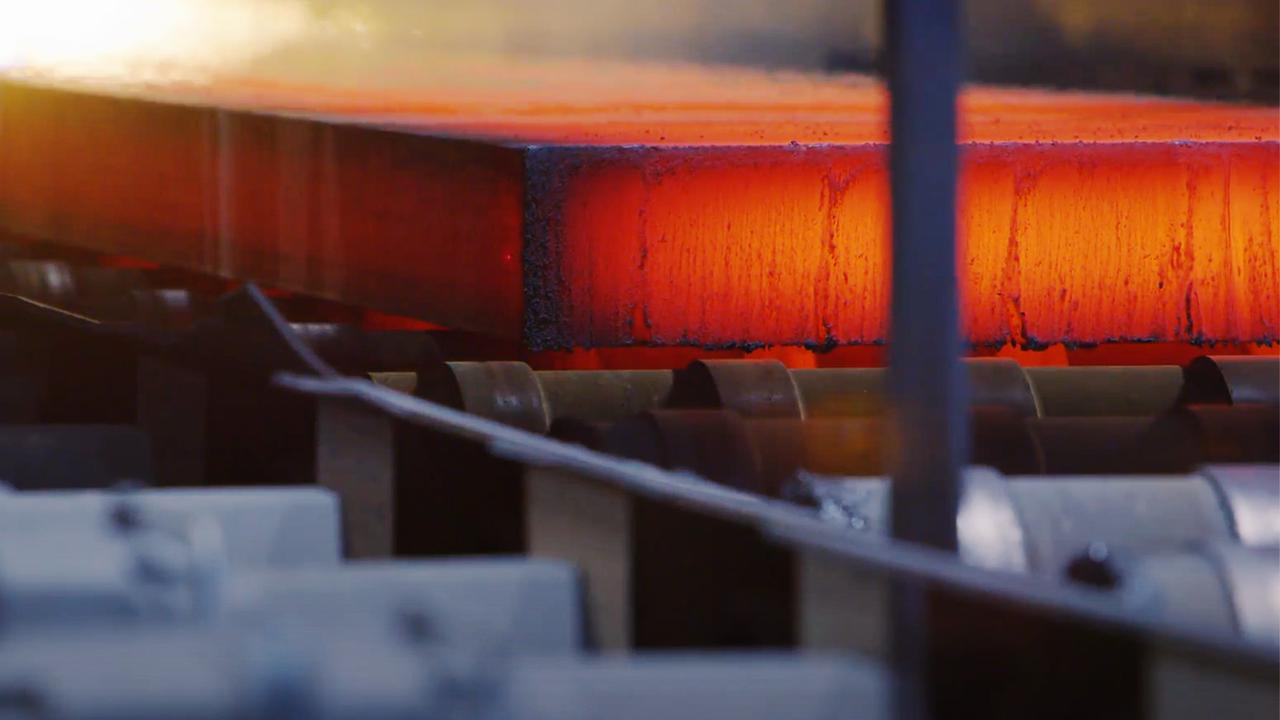Outokumpu was the first stainless steel producer to provide a product-specific carbon footprint on its stainless steel products. This will both help customers in their emission-reduction goals and support Outokumpu’s long-term climate targets and sustainability strategy. But how does this benefit the society?
From Paris Agreement to Fit for 55 – demand for reducing carbon emissions on a global level has been high in the recent years. To keep global warming below 1.5 degrees, several measures are needed to meet the targets. Many companies are facing increasing expectations from customers to provide transparent data on their carbon footprints from the whole value chain.
“Many companies are already calculating and reporting their direct and indirect emissions. However, to understand the entire impact across the supply chain, it is crucial to know the carbon footprint of the materials they buy – and that’s why this product-specific data is vital,” says Heidi Peltonen, VP Sustainability at Outokumpu.
“Product-specific data is vital to understand the climate impact across your value chain” Peltonen continues.
“At Outokumpu we have taken transparency in sustainability to the next level by becoming the first stainless steel producer to provide a product-specific carbon footprint. This information, based on continuous production data and emission factors, is part of our commitment to helping our customers to reduce their climate emissions,” Peltonen adds.
Providing product-specific carbon footprint data will benefit both global sustainability development as well as support consumers and governments in making better choices. Making this specific data available means that customers no longer need to rely on average industry figures for their own carbon footprint calculations. Instead, every batch of every steel grade Outokumpu produces will come with its own carbon footprint certificate.
Open data and transparency benefit the green transition
Opening the data from the whole value chain to customers is a significant development step that will help not only our customers in their emission-reduction goals, but it also supports global climate targets and sustainable development.
When companies disclose the carbon footprint of their products, they are held accountable for their climate impact. This can ultimately benefit society by encouraging more sustainable business practices.
“Product-specific carbon footprint calculations can also increase transparency towards government policy and regulations aimed at reducing carbon emissions. For example, policymakers may use the data to set emissions standards for different industries or to incentivize companies to reduce their carbon emissions through tax breaks or other programs,” Peltonen explains.
Open data benefits consumers as well. When consumers understand what the carbon footprint of a product is, they can make more climate conscious choices. For example, they may choose to purchase products with lower carbon footprints or switch to products that are more sustainable.
This can lead to reducing carbon emissions and help promote more sustainable consumption patterns.
“Supporting consumers to make more sustainable choices is the only way that the green transition will become a reality,” Peltonen points out.

Why does the total carbon footprint matter?
Total carbon footprint is a great sustainability indicator for the steel sector. Even though the manufacturing of steel itself would achieve carbon neutrality, it does not say anything about the emissions of the entire supply chain.
Reporting the full emission scopes is important because it provides a more complete and accurate picture of an organization's carbon footprint. The three emission scopes are:
- Scope 1: Direct emissions from sources that are owned or controlled by the organization, such as emissions from combustion of fossil fuels in boilers or vehicles.
- Scope 2: Indirect emissions from the generation of purchased energy, such as electricity, steam, or cooling purchased from a utility.
- Scope 3: All other indirect emissions that occur in the organization's value chain, such as emissions from the production of raw materials, transportation of goods, and disposal of waste.
Reporting all three scopes can help identify opportunities for reducing emissions across the entire value chain, including the supply chain and end-of-life stages. It also enables stakeholders to better understand the organization's environmental impact and assess its sustainability performance. Overall, reporting the full emission scopes is essential for promoting transparency, accountability, and sustainability across the entire value chain.
“Outokumpu is in a great position to support manufacturers as we are currently the only stainless steel producer to report emissions from all three emission scopes: direct emissions, emissions from electricity use and indirect emissions from raw materials and our supply chain,” Peltonen concludes.

Product-specific carbon footprint is based on continuous production data and part of our commitment to help our customers to reduce their climate emissions.
